Use MAP Protocol
Learn
Developer
Enterprise
Community
English
What is MAP Protocol?
Omnichain Infrastructure for BTC, Stablecoin, and tokenized Asset Swap
A complete beginner’s guide to how MAP Protocol works, the benefits it offers, and how it is becoming the omnichain infrastructure for BTC, stablecoins, and tokenized asset swap.
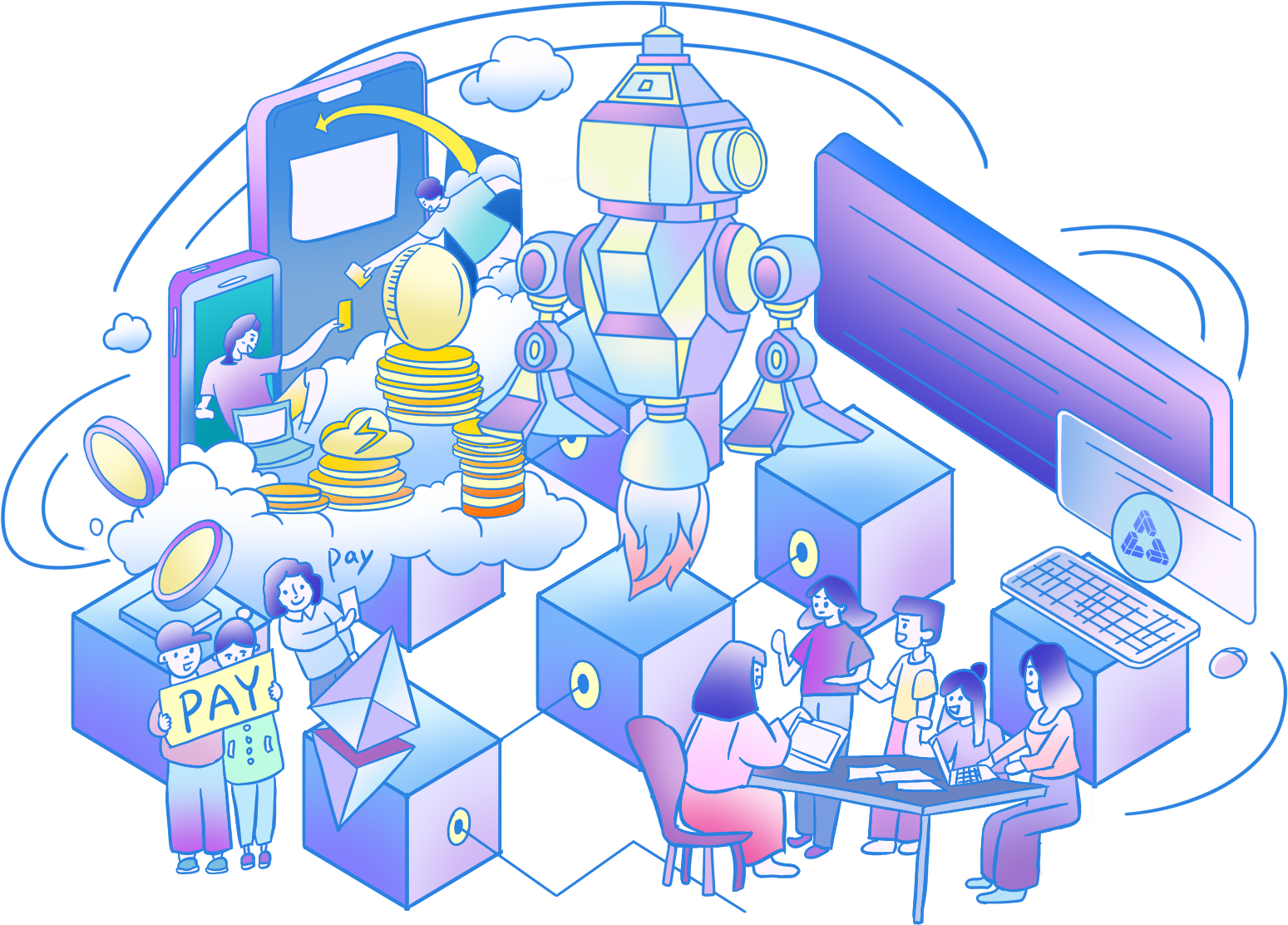
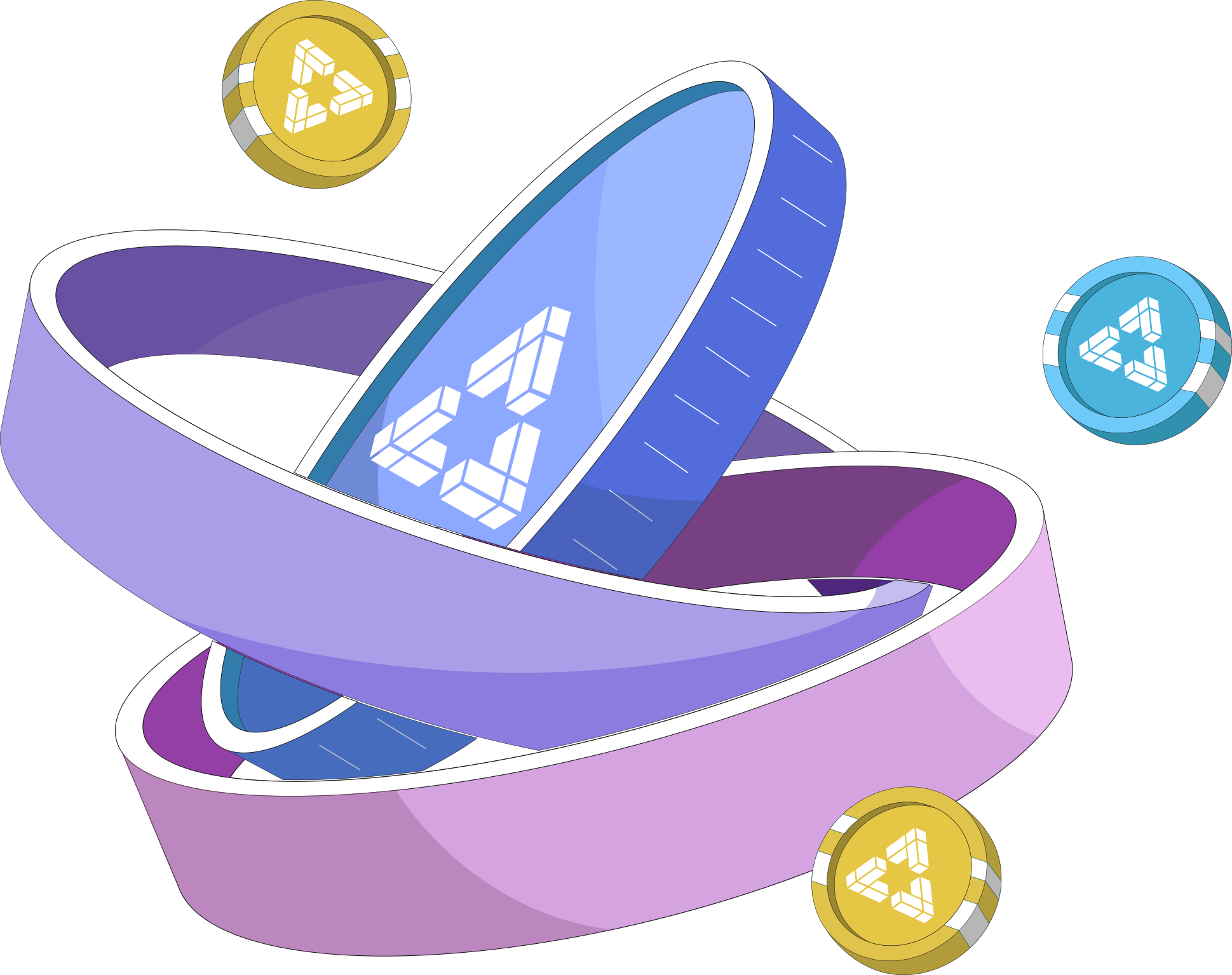
The Gateway to BTC, Stablecoins, and tokenized Asset Swap
Complex technical processes and fragmented cross-chain steps often discourage new users from swapping BTC, stablecoins, and tokenized assets across multiple networks. With MAP Protocol’s omnichain interoperability infrastructure, users can move assets from one chain to another through a seamless, end-to-end swap experience — with no third-party involvement.
One-Stop Developer Portal
Data sovereignty is at the heart of Web3, which means users have full ownership of their data. To build a Web3 application, developers need to integrate functionalities from multiple blockchains so that assets, storage, and computation all happen on-chain. With MAP Protocol, developers can seamlessly combine blockchain components and build applications that give users full control over their data and assets.
The Guardian of Free and Peer-to-Peer Asset Flow
Web3 represents the new internet of value. However, the flow of that value still faces security risks and challenges from third-party intermediaries. While assets can already move peer-to-peer within a single blockchain, MAP Protocol takes it further by enabling truly peer-to-peer movement of assets like Bitcoin and stablecoins across different blockchains.
Summary
MAP Protocol is an omnichain infrastructure for BTC, stablecoin, and tokenized asset swaps. MAP Protocol leverages light client technology and MPC-based TSS to build an interoperable bridge between the Bitcoin mainnet, multi-chain stablecoin and tokenized asset ecosystems (including Ethereum, Polygon, BNB Chain, Tron, Solana, and more), enabling fast, secure, and seamless swaps between BTC and stablecoins, as well as among stablecoins.
What can MAP Protocol do?
Omnichain Swaps Between BTC, Stablecoins, and tokenized Assets
With MAP Protocol’s light client technology and MPC-based TSS, assets such as BTC, stablecoins, and tokenized assets across multi-chain ecosystems (including Ethereum, Polygon, BNB Chain, Tron, Solana, and more) can be swapped easily and securely.
A secure and trusted omnichain infrastructure
MAP Protocol uses light client technology and MPC-based TSS threshold signature schemes to ensure minimal trust assumptions and prevent single-point failures. Through its light client technology, MAP Protocol verifies source chain transactions in real-time, ensuring trust-minimized cross-chain swaps. The MPC-based TSS threshold signature scheme, managed by multiple validators, secures the locking and releasing of assets like BTC and stablecoins, eliminating single-point failures and ensuring a transparent and secure swap process.
Enhanced Security and Privacy
Besides building upon the light client and zero-knowledge-proof technology, MAP Protocol further strengthened its security using the Bitcoin network to prevent long-range attacks.
Developer-Friendly Platform
With its Web3 user gateway and developer portal, MAP Protocol provides the necessary toolsets for developers to build and deploy cross-chain applications, effectively acting as a catalyst for blockchain innovation.
User Empowerment
Users can create a MAP Protocol account with ease and explore or contribute to the omnichain ecosystem. No central authority can change the rules or restrict access, thus offering users unparalleled control.
Peer-to-Peer Network
The MAP Protocol omnichain network allows for peer-to-peer transactions and interactions, upholding the original decentralization ethos of blockchain technology while offering the advantages of cross-chain capabilities.
Why would I use MAP Protocol?
Unlocking the Future of the Bitcoin, Stablecoin and tokenized Asset Ecosystems
Due to the lack of Turing completeness, Bitcoin faces usability limitations compared to Ethereum, slowing the growth of its ecosystem. Powered by light client architecture and MPC-based TSS, MAP Protocol enables direct swaps between BTC and stablecoins like USDT and USDC, as well as across various stablecoins. It is fully compatible with both EVM and non-EVM chains. MAP Protocol acts as a foundational omnichain hub for Web3, connecting Bitcoin, stablecoins, and multi-chain ecosystems to accelerate the next wave of blockchain innovation.
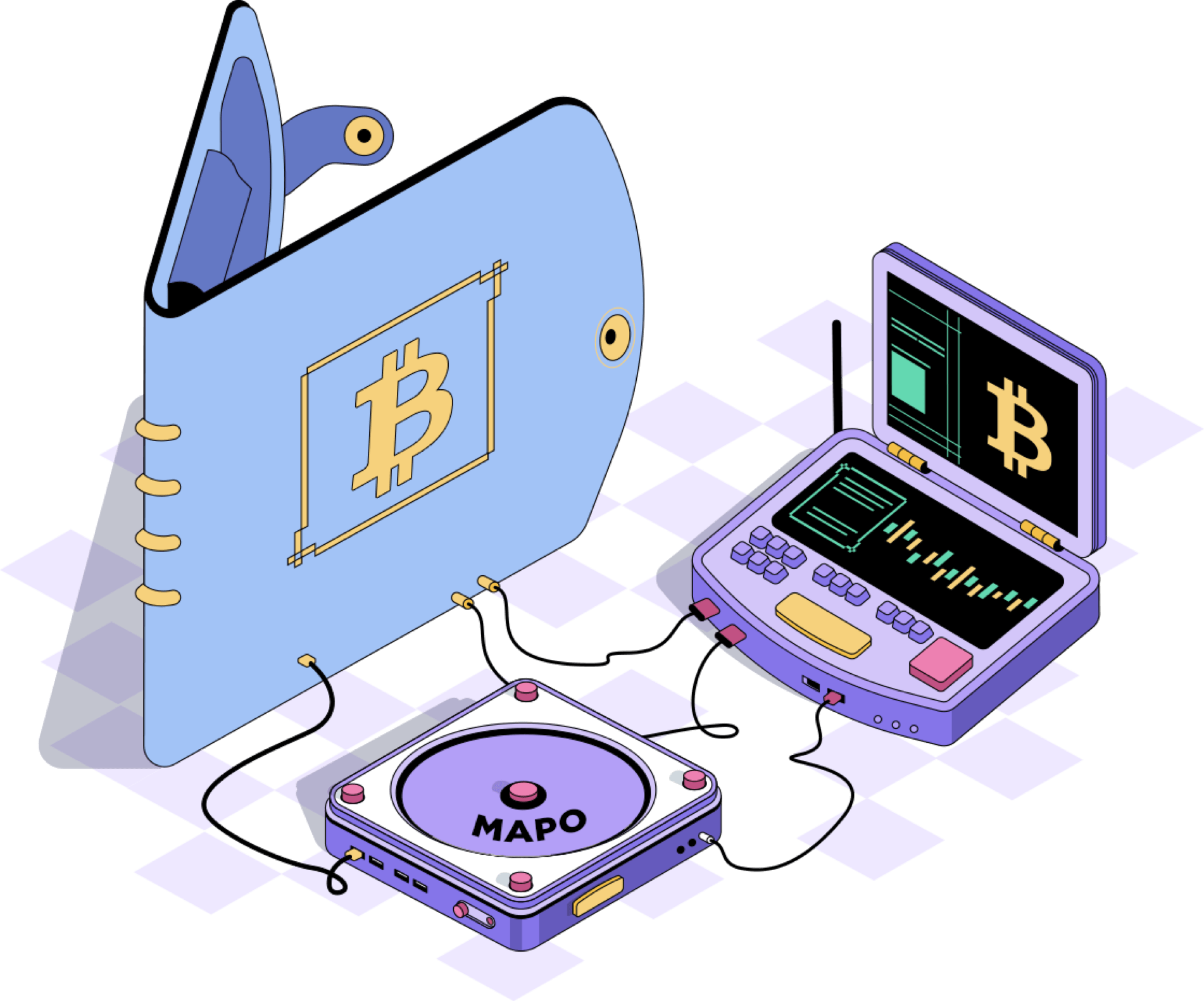
MAP Protocol stats
0
Cross-chain assets powered by MAP Protocol
0
Accounts (wallets) with MAPO balance
0
Smart contracts on MAP Protocol
0
Number of transactions powered by MAP Protocol
0
Total MAPO staked
0
Number of nodes on MAP Protocol

Who runs MAP Protocol?
MAP Protocol is not controlled by any particular entity. It exists whenever there are connected computers running software following the MAP Protocol and adding to the MAP Protocol blockchain. Each of these computers is known as a node. Nodes can be run by anyone, although to participate in securing the network you have to stake MAPO (MAP Protocol’s native token).
What is MAP Protocol Network?
MAP Protocol Network is an EVM-compatible blockchain built upon the Proof-of-Stake mechanism and Byzantine Fault Tolerant consensus and lives on MAP Protocol’s Protocol Layer. It proactively extends and supports heterogeneous blockchains' features in the virtual machine and constructs a gas-efficient light-client verification network.
The main purpose of MAP Protocol Network is to maintain light clients of all interested blockchains and facilitate trustless verification of cross-chain messages. Validators on MAP Protocol Network are key to guaranteeing the diversity and robustness of the omnichain network. MAPO is the cryptocurrency used to pay network fees iccured on MAP Protocol Network.
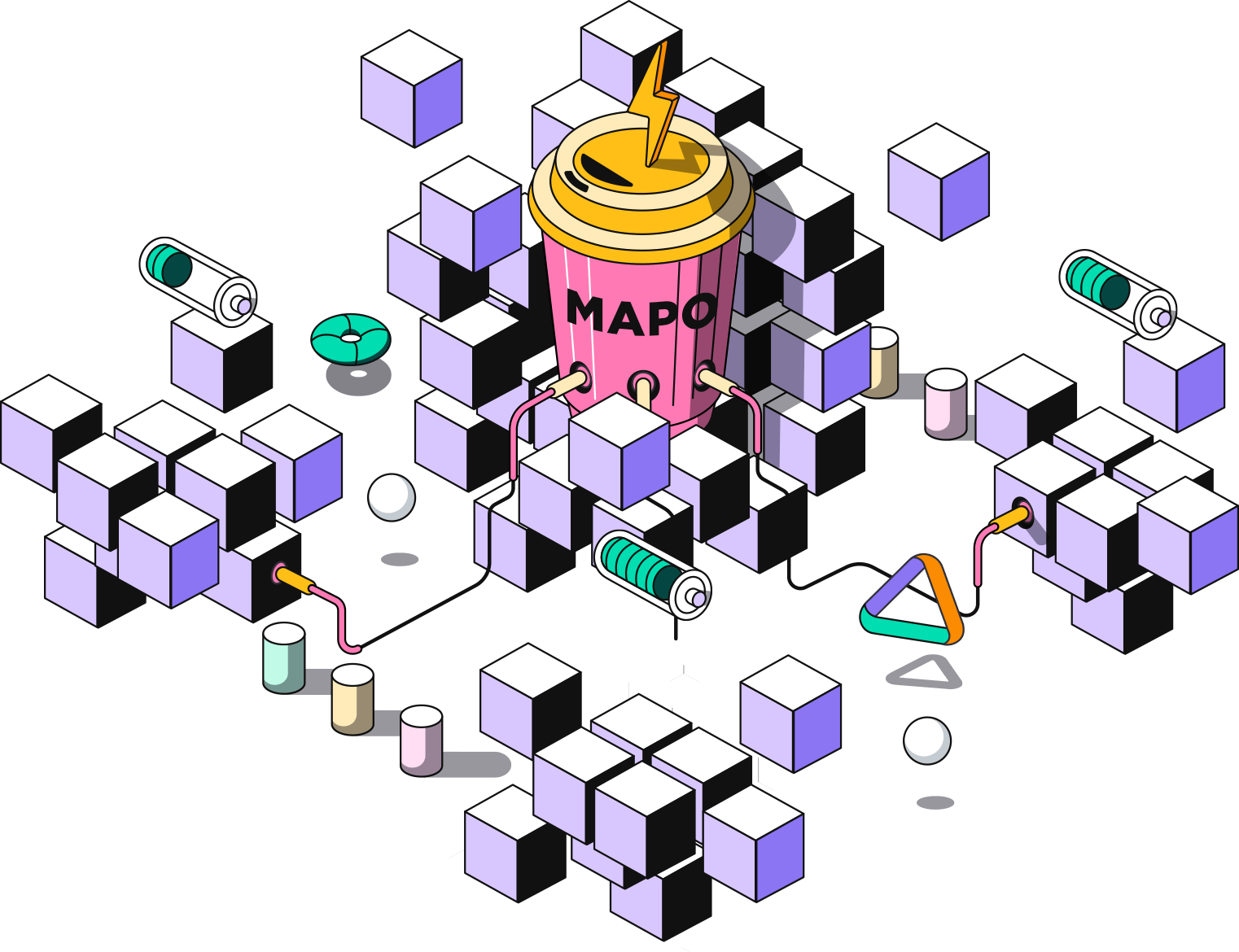
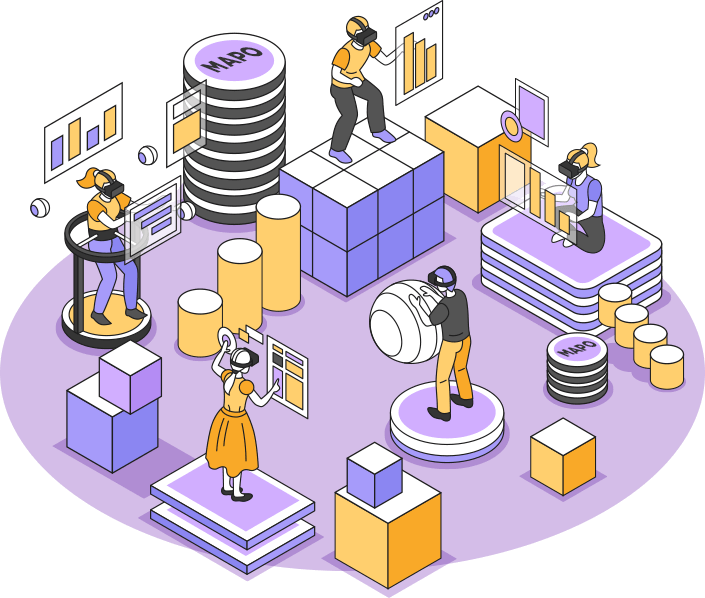
What is MAP Omnichain Service (MOS)?
MOS is the acronym for MAP Omnichain Service, which is the second layer of MAP Protocol. Similar to Google Mobile Services to Android developers, MOS empowers dApp developers to build cross-chain or omnichain applications with ease. This layer consists of Vaults and Data deployed on each chain, and Messenger Program to transmit messages between chains.
DApp developers can independently run MOS or use services provided by MOS. They can also use Vaults and Data in MOS and share Vaults and Data liquidity with other applications. Messenger Program is an SDK, deployed, operated, and maintained by dApp developers themselves. DApp developers can also independently and flexibly incentivize messenger contributors to transmit omnichain messages for the dApp.
Meet MAPO, MAP Protocol’s native currency
Many actions on the MAP Protocol network require some work to be done on the MAP Relay Chain. This computation is not free; it is paid for using MAP Protocol’s native cryptocurrency called MAPO. This means you need at least a small amount of MAPO to use the network.
MAPO is purely digital, and you can send it to anyone anywhere in the world instantly. The supply of MAPO isn’t controlled by any government or company — it is decentralized and completely transparent. MAPO is issued in a precise manner according to the protocol.

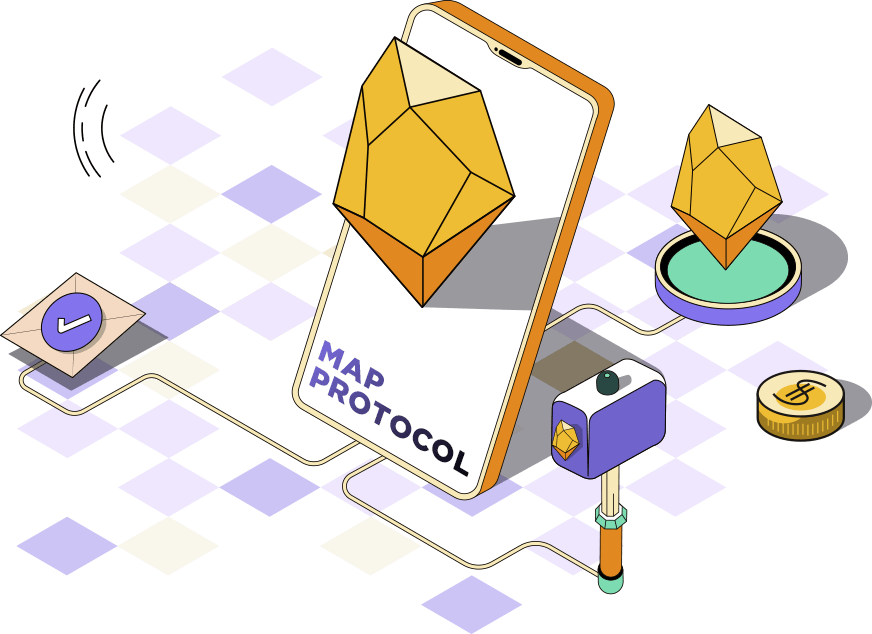
Network fees on MAP Protocol
Network fees on MAP Protocol’s mainnet are called gas fees. These are small charges incurred for the computational efforts required to process transactions on the MAP Relay Chain. These fees serve as a mechanism to fairly allocate network resources and discourage spam or malicious activities.
Unlike typical blockchain platforms where gas fees are a standard feature, MAP Protocol only charges gas fees for cross-chain transactions processed on the MAP Relay Chain. The more complex the transaction, the higher the gas fees. Fees are also influenced by network congestion; during times of high activity, fees might go up.
Explore MAP Protocol